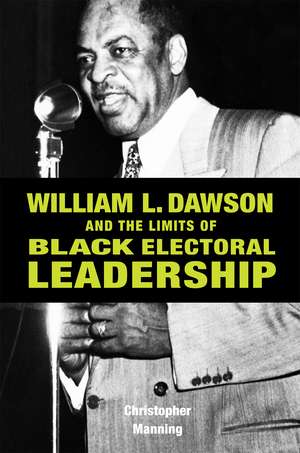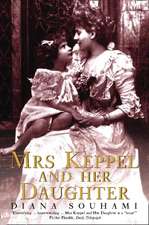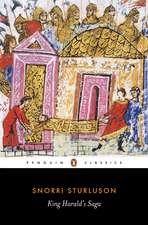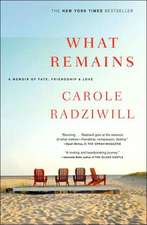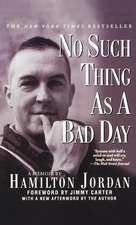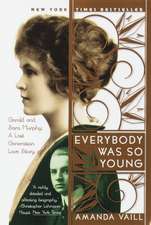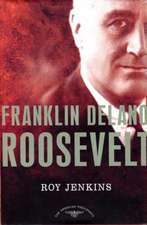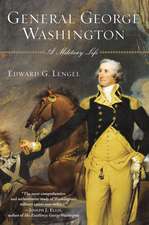William L. Dawson and the Limits of Black Electoral Leadership
Autor Christopher Manningen Limba Engleză Hardback – 14 mai 2009
A native of Georgia, William L. Dawson experienced a political awakening during World War I when he witnessed the U.S. mil-itary’s unfair treatment of black soldiers. After the war, he became involved in the Republican Party in Chicago and, in 1933, won election as Second Ward Alderman. When his campaign against discrimination in housing and employment failed and he recognized that Republicans were losing power, Dawson decided to switch parties and change tactics. In 1938, he joined forces with two former Army colleagues to create an independent black wing of the Democratic Party.
The plan succeeded, and within four years, Dawson was elected as a representative of the First Congressional district. Over the next decade, he became one of the most powerful black politicians of the 20th century. Dawson was the first African American to create and sustain a powerful black Democratic faction in Chicago, to chair a standing committee in Congress, to serve as vice-chairman of the Democratic Party, and to receive a Cabinet nomination. Despite these personal achievements, Dawson was not as successful in making gains for his constituents.
This detailed analysis of Dawson’s career—from his work with the local Republican Party in Chicago in the 1920s to his de-clining years as a Congressman in Washington, D.C., four decades later—assesses the viability of electoral politics as a tool for racial advancement. Manning broadens our understanding of the development of modern American politics by outlining the strengths and limitations of black electoral leadership in the postwar era. He argues that black electoral leadership, as embo-died in Dawson’s political strategies, provided considerable opportunities for advancing a racially progressive agenda at the national level of the Democratic Party but faced severe limitations within Congress and could do nothing to ease systemic in-equality in Chicago. This political biography will appeal to scholars of African American history, to U.S. political historians, and to those interested in black politics.
The plan succeeded, and within four years, Dawson was elected as a representative of the First Congressional district. Over the next decade, he became one of the most powerful black politicians of the 20th century. Dawson was the first African American to create and sustain a powerful black Democratic faction in Chicago, to chair a standing committee in Congress, to serve as vice-chairman of the Democratic Party, and to receive a Cabinet nomination. Despite these personal achievements, Dawson was not as successful in making gains for his constituents.
This detailed analysis of Dawson’s career—from his work with the local Republican Party in Chicago in the 1920s to his de-clining years as a Congressman in Washington, D.C., four decades later—assesses the viability of electoral politics as a tool for racial advancement. Manning broadens our understanding of the development of modern American politics by outlining the strengths and limitations of black electoral leadership in the postwar era. He argues that black electoral leadership, as embo-died in Dawson’s political strategies, provided considerable opportunities for advancing a racially progressive agenda at the national level of the Democratic Party but faced severe limitations within Congress and could do nothing to ease systemic in-equality in Chicago. This political biography will appeal to scholars of African American history, to U.S. political historians, and to those interested in black politics.
Preț: 330.49 lei
Nou
Puncte Express: 496
Preț estimativ în valută:
63.25€ • 65.63$ • 52.86£
63.25€ • 65.63$ • 52.86£
Carte tipărită la comandă
Livrare economică 15-29 martie
Preluare comenzi: 021 569.72.76
Specificații
ISBN-13: 9780875803951
ISBN-10: 0875803954
Pagini: 251
Dimensiuni: 152 x 229 x 23 mm
Greutate: 0.54 kg
Ediția:1
Editura: Northern Illinois University Press
Colecția Northern Illinois University Press
ISBN-10: 0875803954
Pagini: 251
Dimensiuni: 152 x 229 x 23 mm
Greutate: 0.54 kg
Ediția:1
Editura: Northern Illinois University Press
Colecția Northern Illinois University Press
Recenzii
“By paying careful attention to historical contexts, ranging from Jim Crow Georgia to Great Migration Chicago to Plantation Politics in Congress, Manning has crafted a book that shows Dawson not as an opportunist but as a shrewd, progressive politician who nonetheless struggled to come to grips with the modern Civil Rights movement.”
—D. Bradford Hunt, Roosevelt University
“This book adds to our understanding of Black Chicago history, as well as Black politics in the 20th century. The author’s knowledge of archival materials is impressive.”
—Anne Knupfer, Purdue University
—D. Bradford Hunt, Roosevelt University
“This book adds to our understanding of Black Chicago history, as well as Black politics in the 20th century. The author’s knowledge of archival materials is impressive.”
—Anne Knupfer, Purdue University
Notă biografică
Christopher Manning is Associate Professor of History at Loyola University Chicago.
Cuprins
Table of Contents
Acknowledgments
Introduction: "Don't Get Mad! Get Smart. Vote!"
Chapter One: "A Greater Understanding of Humanity"
Chapter Two: Big Bill, the Ironmaster, and the Old Roman
Chapter Three: "Second Ward for the Second Warders"
Chapter Four: A New Era in the Political Life of the Nation: Black America and the National Democratic Coalition, 1944–1952
Chapter Five: A Dream Deferred: Party-building from the Late 1940s through the 1950s
Chapter Six: "Where Is the Invisible Man?"
Conclusion: "Times Are Different Now"
Appendix: Civil Rights, Resolutions, Remarks and Legislation, and Committee Legislation and Remarks, 1941–1950
Notes
Bibliography
Index
Introduction: "Don't Get Mad! Get Smart. Vote!"
Chapter One: "A Greater Understanding of Humanity"
Chapter Two: Big Bill, the Ironmaster, and the Old Roman
Chapter Three: "Second Ward for the Second Warders"
Chapter Four: A New Era in the Political Life of the Nation: Black America and the National Democratic Coalition, 1944–1952
Chapter Five: A Dream Deferred: Party-building from the Late 1940s through the 1950s
Chapter Six: "Where Is the Invisible Man?"
Conclusion: "Times Are Different Now"
Appendix: Civil Rights, Resolutions, Remarks and Legislation, and Committee Legislation and Remarks, 1941–1950
Notes
Bibliography
Index
Descriere
A native of Georgia, William L. Dawson experienced a political awakening during World War I when he witnessed the U.S. mil-itary’s unfair treatment of black soldiers. After the war, he became involved in the Republican Party in Chicago and, in 1933, won election as Second Ward Alderman. When his campaign against discrimination in housing and employment failed and he recognized that Republicans were losing power, Dawson decided to switch parties and change tactics. In 1938, he joined forces with two former Army colleagues to create an independent black wing of the Democratic Party.
The plan succeeded, and within four years, Dawson was elected as a representative of the First Congressional district. Over the next decade, he became one of the most powerful black politicians of the 20th century. Dawson was the first African American to create and sustain a powerful black Democratic faction in Chicago, to chair a standing committee in Congress, to serve as vice-chairman of the Democratic Party, and to receive a Cabinet nomination. Despite these personal achievements, Dawson was not as successful in making gains for his constituents.
This detailed analysis of Dawson’s career—from his work with the local Republican Party in Chicago in the 1920s to his de-clining years as a Congressman in Washington, D.C., four decades later—assesses the viability of electoral politics as a tool for racial advancement. Manning broadens our understanding of the development of modern American politics by outlining the strengths and limitations of black electoral leadership in the postwar era. He argues that black electoral leadership, as embo-died in Dawson’s political strategies, provided considerable opportunities for advancing a racially progressive agenda at the national level of the Democratic Party but faced severe limitations within Congress and could do nothing to ease systemic in-equality in Chicago. This political biography will appeal to scholars of African American history, to U.S. political historians, and to those interested in black politics.
The plan succeeded, and within four years, Dawson was elected as a representative of the First Congressional district. Over the next decade, he became one of the most powerful black politicians of the 20th century. Dawson was the first African American to create and sustain a powerful black Democratic faction in Chicago, to chair a standing committee in Congress, to serve as vice-chairman of the Democratic Party, and to receive a Cabinet nomination. Despite these personal achievements, Dawson was not as successful in making gains for his constituents.
This detailed analysis of Dawson’s career—from his work with the local Republican Party in Chicago in the 1920s to his de-clining years as a Congressman in Washington, D.C., four decades later—assesses the viability of electoral politics as a tool for racial advancement. Manning broadens our understanding of the development of modern American politics by outlining the strengths and limitations of black electoral leadership in the postwar era. He argues that black electoral leadership, as embo-died in Dawson’s political strategies, provided considerable opportunities for advancing a racially progressive agenda at the national level of the Democratic Party but faced severe limitations within Congress and could do nothing to ease systemic in-equality in Chicago. This political biography will appeal to scholars of African American history, to U.S. political historians, and to those interested in black politics.
